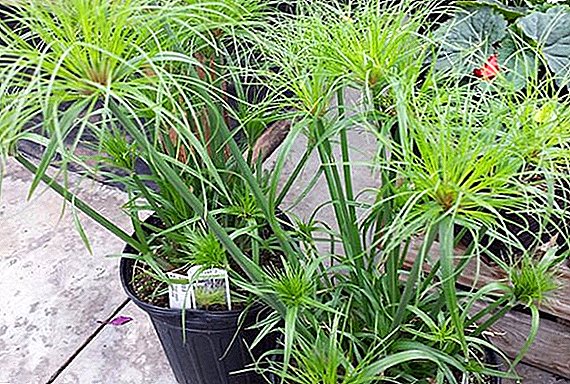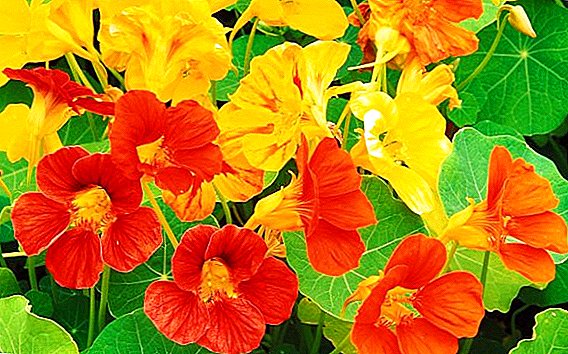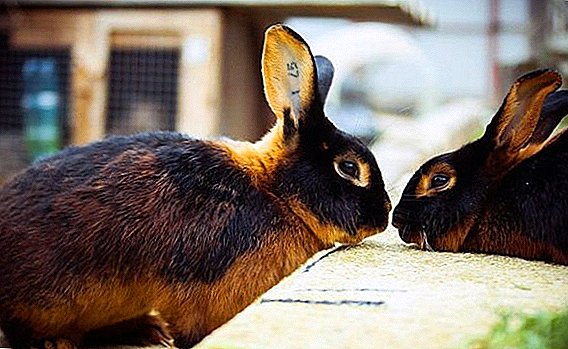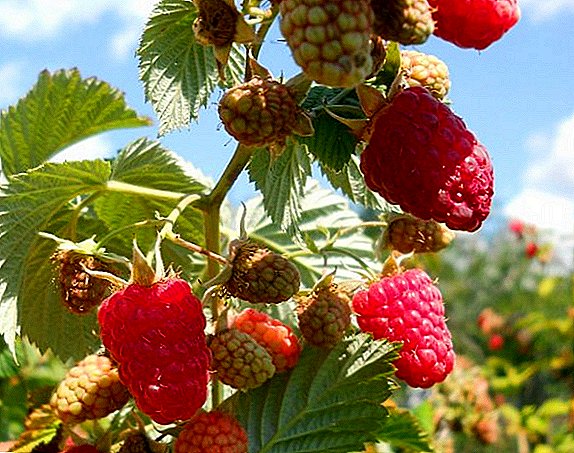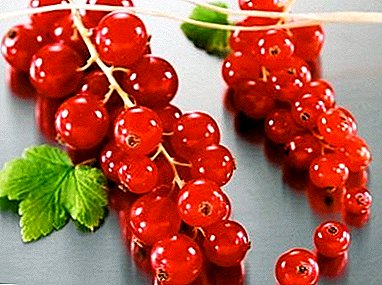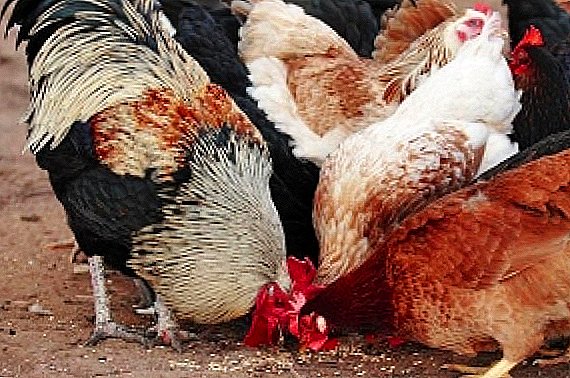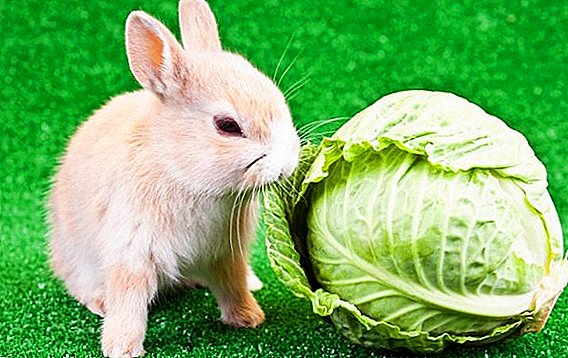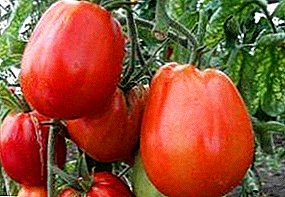
Connoisseurs of large-fruited tomatoes will surely enjoy the early and productive variety under the eloquent name "Hundred Poods".
Fleshy juicy fruits have a delicate delicacy taste and attractive appearance. It is simple to care for bushes, it is important to feed them in time and remove side stepchildren.
Read in our article in detail about the Hundred Poodas tomatoes, a full description of the variety, its characteristics and cultivation features.
Tomato "One Hundred Poods": description of the variety
 "Hundred Poods" - medium-early high-yielding variety. Indeterminate shrub, up to 2 m in height. In the open field, plants are more compact, up to 1.5 in height. Formation is recommended. The amount of green mass is average, the leaves are dark green, medium-sized. Fruits ripen with brushes of 3-5 pieces.
"Hundred Poods" - medium-early high-yielding variety. Indeterminate shrub, up to 2 m in height. In the open field, plants are more compact, up to 1.5 in height. Formation is recommended. The amount of green mass is average, the leaves are dark green, medium-sized. Fruits ripen with brushes of 3-5 pieces.
Tomatoes are large, weighing from 170 to 300 g. The shape is round-pear-shaped, with pronounced ribbing at the stem. The color of ripe fruit is bright red. The flesh is moderately dense, fleshy, juicy, with a small amount of seeds. The skin is thin, but dense, well protecting the fruit from cracking. Delicious taste, rich and sweet with a barely noticeable sourness. High content of sugars, lycopene, beta-carotene.
Specifications
Tomato variety "Hundred Poods" bred by Russian breeders. Suitable for different regions for growing in glazed greenhouses and film shelters. In areas with a warm climate, it is possible to plant on the beds. To the characteristic of tomato "Hundred Poods" should be added that good yield, with 1 bush you can collect up to 6 kg of selected tomatoes. Fruits are stored well, transportation is possible. Tomatoes plucked with green ripen quickly at room temperature.
The variety is universal, the fruits can be eaten fresh, used to prepare various dishes, canned. Ripe tomatoes make a delicious thick juice.
Advantages and disadvantages
Among the main merits tomato varieties "One Hundred Poods":
- excellent taste of the fruit;
- high yield;
- unpretentiousness;
- resistance to major diseases.
TO disadvantages can be attributed to the need to form a bush. Tall plants need in solid support, you need to tie up not only the stems, but also heavy branches with fruits.
A photo
See photos of tomato varieties "One Hundred Poods":




Features of growing
Tomatoes varieties "Hundred Poods" can be grown seedling or seedless. Seeds are recommended to be treated with a growth stimulator.. It is better to make up the soil by mixing garden soil with humus or peat. For greater nutritional value, you can add a little superphosphate or wood ash.
Seeds are sown in containers with a small depth, for germination need a temperature of about 25 degrees. After the appearance of sprouts, the containers are exposed to light, watered moderately, from a spray bottle or watering can. When the first pair of these leaves appears, the seedlings swoop and then fertilize with a liquid mineral complex. Transplantation in the greenhouse begins when the seedlings will be 2 months old.
In the non-seedling mode, seeds are planted in humic wells directly in the greenhouse or greenhouse. Water the plants with warm water, from the cold tomatoes slow down growth. 3-4 seasoning required for the season. Prior to flowering, nitrogen fertilizers are used, after the formation of ovaries, magnesium sulfate or superphosphate is needed.
High bushes of a grade of a tomato of 100 Poods need formation. It is best to grow tomatoes in 1-2 stems, all the extra stepchildren and lower leaves are removed. To make the fruits larger, it is recommended to leave 3-4 flowers on each hand, removing small or deformed.
Diseases and pests: prevention and control methods
The variety is resistant to disease, but requires careful preventive measures. Before planting, the soil is decontaminated with a solution of potassium permanganate or copper sulphate. The greenhouse must be thoroughly aired, the soil under the bushes loosened at least 1 time per week. Weeds and dried leaves are removed in a timely manner. Spraying of plantings with phytosporin or pale pink solution of potassium permanganate protects against fungal diseases.
Insecticides or folk remedies will help to get rid of insect pests: a celandine decoction, warm soapy water, ammonia. Larvae and adult insects are harvested by hand and destroyed.
Having looked at the photo, description of the tomato variety “Hundred Poods”, one can say that it is worthy of a place in a greenhouse or greenhouse. You can try to grow it in the garden, covering the film. High bushes are fruitful, it is easy to harvest the seeds for the next plantings on your own.


